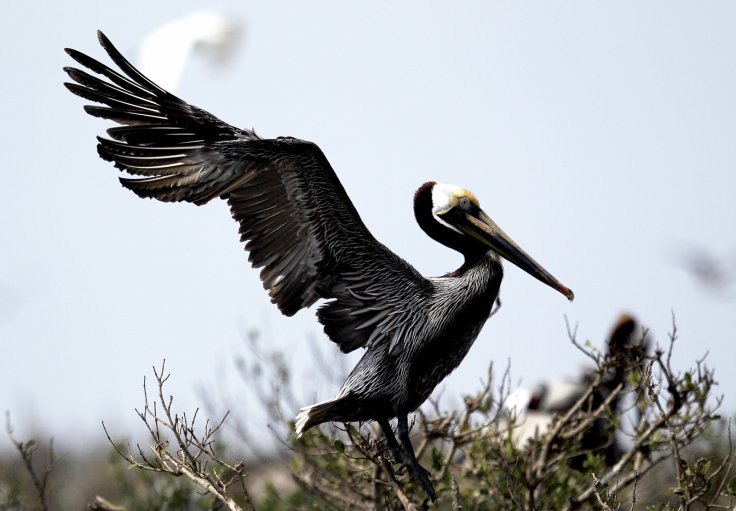
A new study conducted by an International team of researchers at the United Kingdom, Spain and the United States has found that bird beaks did not adapt to food types as previously thought. This new finding is expected to be a milestone one, as it redefines the previous evolution theory associated with the beaks of birds.
During the study, researchers tried to analyze the theory that Galapagos finch species possessed different beak shapes to eat different food which was widely considered the central theory of evolution behind natural selection. It was previously believed that this form-function relationship was true to bird species all across the planet.
In this study, scientists measured the beak shape and length of several modern bird species from museum collections, and successfully assessed the link between beaks and feeding behaviour.
"The connection between beak shapes and feeding ecology in birds was much weaker and more complex than we expected and that while there is definitely a relationship there, many species with similarly shaped beaks forage in entirely different ways and on entirely different kinds of food. This is something that has been shown in other animal groups, but in birds, this relationship was always assumed to be stronger," said Guillermo Navalón, lead author of the study and a final year PhD student at Bristol's School of Earth Sciences in a recent statement.
Dr Jesús Marugán-Lobón from Universidad Autónoma de Madrid, co-author of the study revealed that beaks in birds evolved as a versatile tool, not just for feeding purposes, but to accomplish many other daily tasks.
The study report published in the journal Evolution also revealed that the findings of this new study have a crucial role in while studying the fossils of birds, especially the evolution of beaks.
"We have to be careful about inferring ecology in ancient birds, which we often assume based solely on the shape of the beak. Really, we're just starting to scratch the surface, and a lot more research is needed to fully understand the drivers behind beak shape evolution," added Navalon.
A few weeks back, another study report published in journal Nature has revealed that modern birds used to produce colourful eggs due to their genetic connection with ancient dinosaurs. As per the study report, dinosaurs used to lay eggs with traces of two colour-giving pigments, and they are now present in modern-day bird eggs too.









